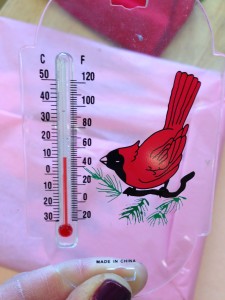Back in March 2008, when Kathleen Wynne was Minister of Education, she gave the TDSB Trustees two months to figure out a better governance structure for the TDSB. Wynne said that in the 10 years since the provincial government had mandated the amalgamation of six school boards to create Canada’s largest school board, the TDSB hadn’t managed to “come together properly”. Seven years later, this same provincial government apparently still hasn’t figured out a governance solution that works for Canada’s largest school board.
On March 16, 2015, Kathleen Wynne’s government announced that it had appointed a seven member advisory panel to make recommendations on how to improve the governance structure at the TDSB. This advisory panel is to conduct public consultations from March-May 2015 and, based on these consultations, make recommendations on governance changes by Summer 2015.
So for the last seven years, this Liberal provincial government has failed to make the governance changes required for the TDSB to “come together properly”, has continued to ignore funding as a potential root cause of many TDSB issues, and has allowed the repair backlog in TDSB schools to accumulate to $3.3-billion. In failing to take accountability for finding funding solutions to address the $3.3-billion repair backlog that plagues TDSB schools, this provincial government has ignored the safety and well-being of the 246,000 students who attend school at the TDSB.
This Liberal provincial government has been in power since 2003. They are the sole funder of public education in this province and also hold power over all major policy decisions. Enough is enough – the almost 13% of Ontario’s students who attend school at the TDSB deserve to learn in safe, well-maintained buildings. When is this provincial government going to take the accountability that is commensurate with the power they currently have over public education and make decisions that enable fixing our schools?

